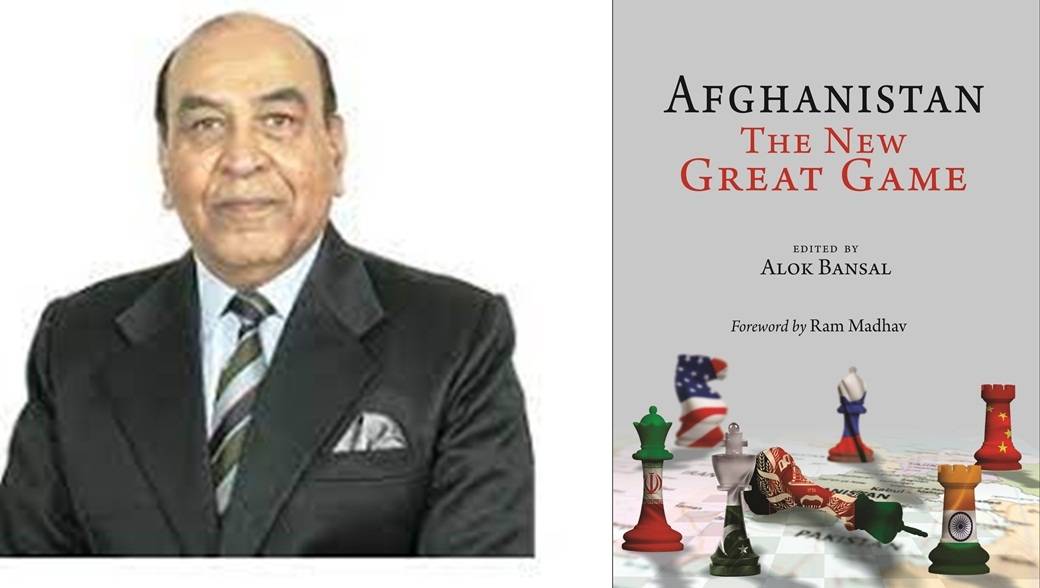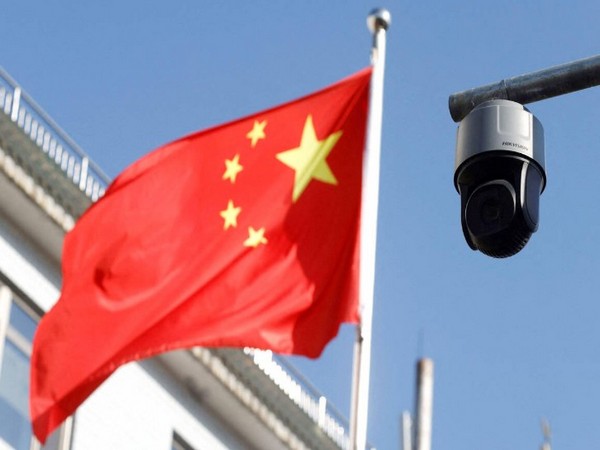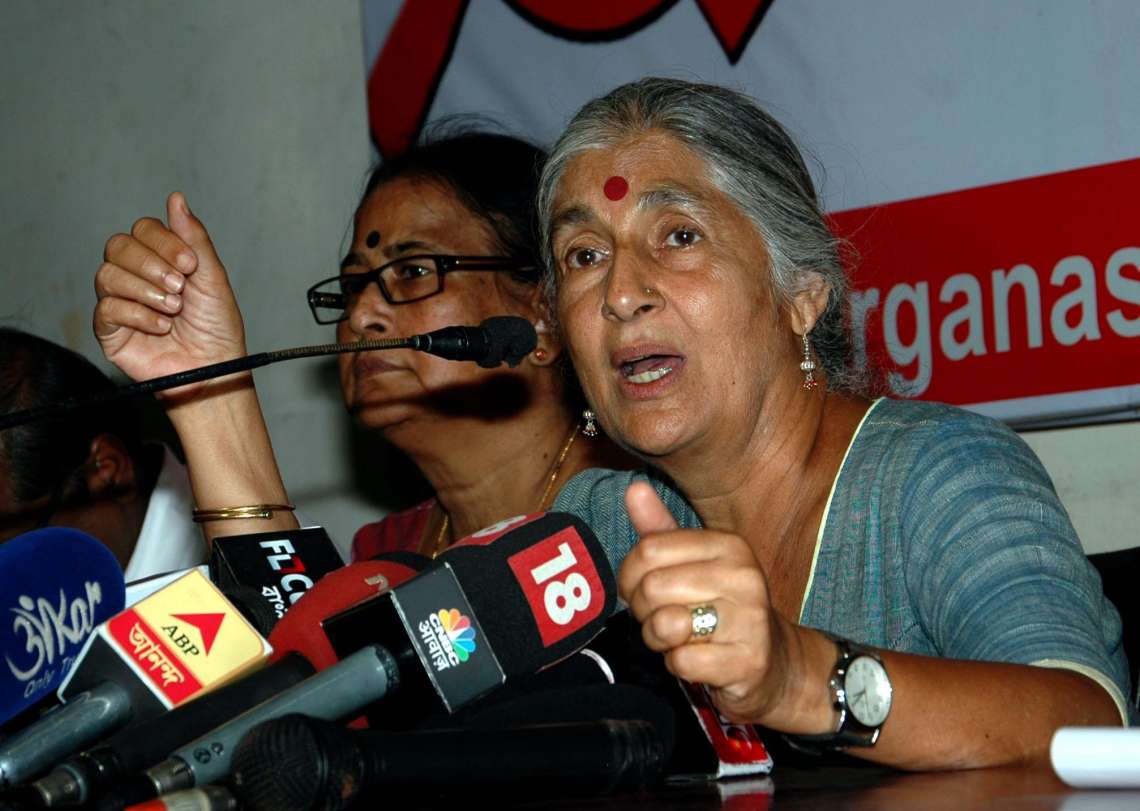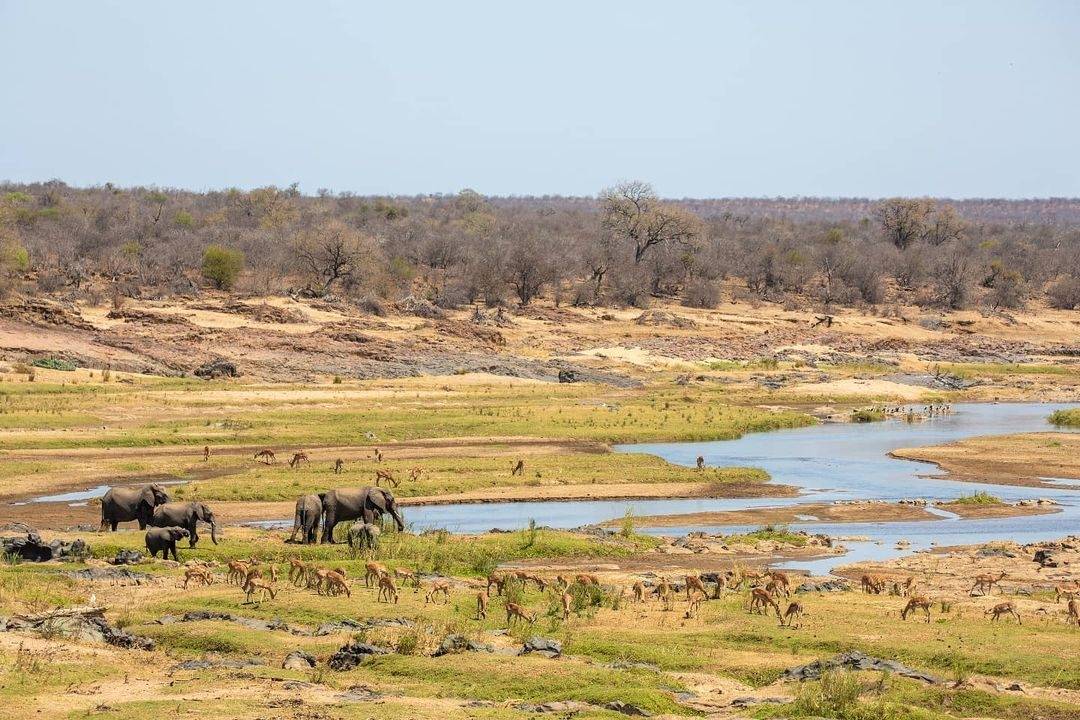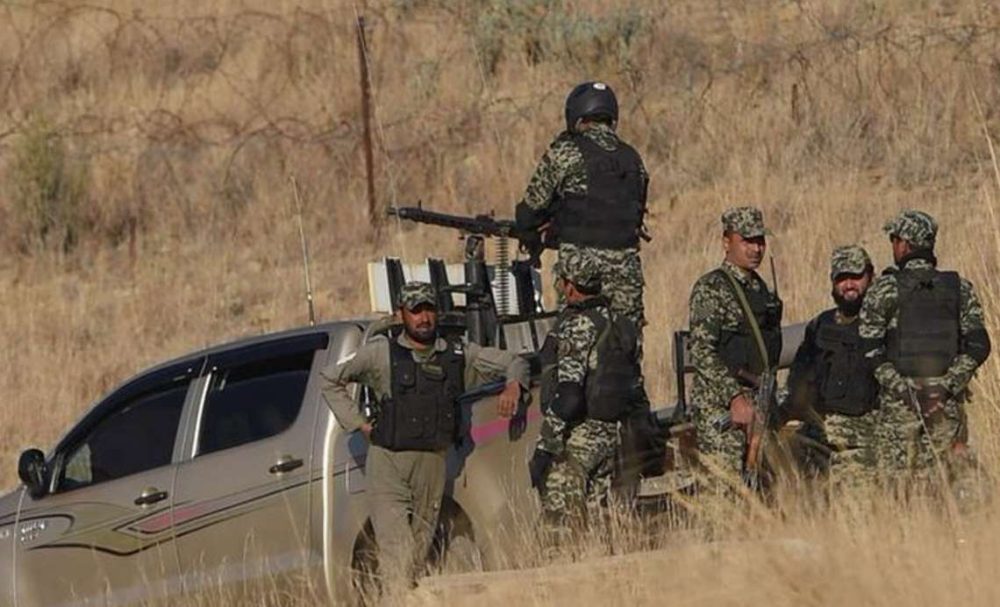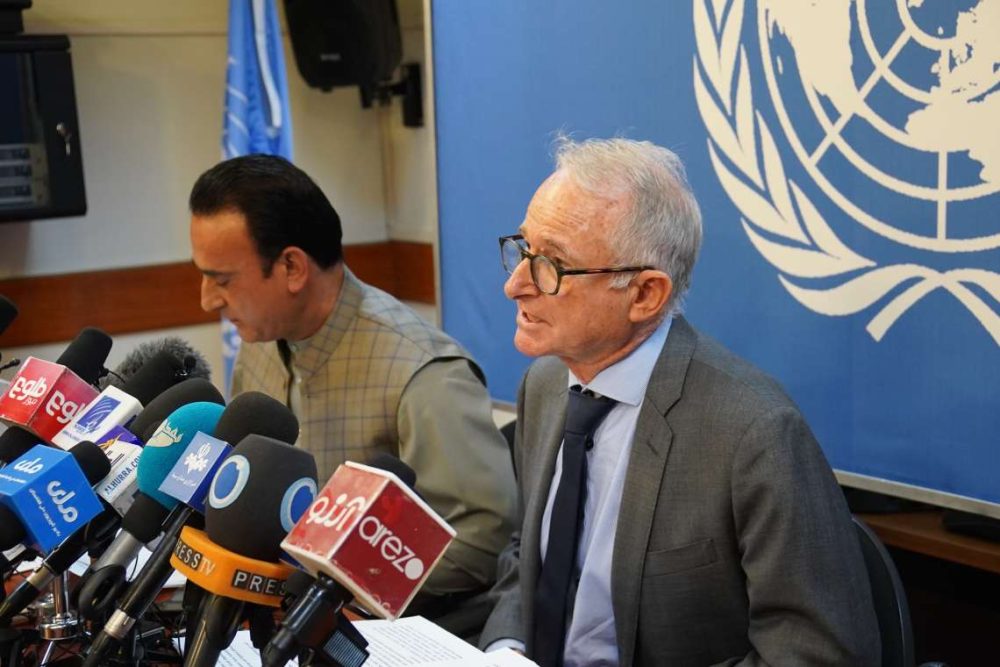Pakistan’s strategy on Kashmir “has never been static; always dynamic, attempting many times to remain ahead of the loop of response of the Indian establishment…writes Vishnu Makhijani
Pakistan is once again attempting to gain traction in Kashmir after the “severe loss that has come its way” with the abrogation of Article 370 and has resorted to its “flagship measure of attacking the softest target” in the state — the minorities — in the post Afghanistan scenario, says noted security expert Lt. Gen. Syed Ata Hasnain (retd).
This makes it incumbent that “a social movement within the Kashmiri Muslim community must emerge to display courage and empathy with the unfortunate members of their society”, he writes in a chapter titled “Afghanistan’s Inevitable Fallout On J&K” in a scholarly compilation, “Afghanistan – The New Great Game” (Pentagon Press).
“We are now witnessing a return to violent days once again in J&K. Those who predicted that events in Afghanistan would have a marginal effect on J&K and a return to the situation of the Nineties may be disappointed. It is an interesting study to examine how the effect of the successful takeover of Afghanistan by the Taliban and the return of Pakistani influence has affected J&K,” writes Hasnain, who served 40 years in the Army, commanded the elite 15 Corps at Srinagar, continues to study the dynamics of J&K and is currently Chancellor of the Central University of Kashmir.
Pakistan’s strategy on Kashmir “has never been static; always dynamic, attempting many times to remain ahead of the loop of response of the Indian establishment. That is why the 5 August 2019 decisions by the Indian Government that amended Article 370 and abrogated Article 35A, besides other administrative decisions, resulted in the Pakistani strategy being stymied to an extent; it actually took Pakistan’s deep state by utter surprise,” Husnain writes.
A worried Pakistan knew that time was against it and “that if allowed to continue in the way J&K was progressing then all the time and energy invested over 30 years would be wasted,” he adds.
The developing situation in Afghanistan from March 2021 made it evident that the US would withdraw completely but it was expected that the Afghan National Security Forces (ANSF) would hold the fort and that the government of Ashraf Ghani would continue to rule, but from August 15, 2021 onwards, this assumption took a back seat as it became evident that the Taliban in its new avatar would rule Afghanistan, Hasnain writes.
“For Pakistan, it was evident that events could largely progress as per its own agenda in Afghanistan, even though Taliban 2.0 is no monolith and there is no guarantee that it would toe its line. Yet, J&K on the other front was becoming more important. It could not afford to await more brainstorming and preparation to trigger substantial instability there. Oct-Nov 2021 was the period when something could be done, otherwise the plan would have to wait until April-May 2022, and six months is a long time in such situations,” the author maintains.
The full withdrawal of the US from Afghanistan “gave Pakistan the leeway and flexibility to experiment on ways of returning to relevance in J&K after the 5 August 2019 decisions of the Indian Government. In J&K, everything remains seasonal. Delay beyond October 2021 would have meant that the efforts at revival of radical ideology, terror, and separatism, the three core elements of remaining relevant, would have been pushed to the next summer,” Hasnain writes.
Consequently, the choice fell only on “low risk, high dividend actions against the softest possible targets, which are either minorities or soldiers and policemen on leave and Pakistan lost no time in strategising with two factors in mind,” Hasnain writes.
“First, the need to once again gain traction in Kashmir after the severe loss that has come its way after 5 August 2019, and initiate this before the coming winter. Second is to exploit the inspirational, ideological winds flowing from the events in Afghanistan. The strategy appears to harp on enhancing the strength of terrorists through infiltration from multiple directions in the hope of success somewhere…The strategy progresses with the flagship measure of attacking the softest target in Kashmir, the minorities,” he adds.
Noting that almost 800 Kashmiri Hindu families still reside in Kashmir along with 1.5 lakh Sikhs, Hasnain writes that the “prevailing perception” in Islamabad is that “eviction of minorities from Kashmir helps to link its majority populace to Pakistan through a common religious ideology that harps on an obscurantist form of Islam”.
“The immediate impact of the targeting of minorities in Kashmir is social pressure for many of them to leave their home and hearth. That would be a victory of sorts for the perpetrators. It is at this time that the political and security communities in J&K must rise to give comprehensive assurances and work towards minority security.
“A social movement within the Kashmiri Muslim community must emerge to display courage and empathy with the unfortunate members of their society. They cannot be seen to be resigning themselves to the situation and succumbing to the diktat of terrorists and separatists.
“Political parties must set aside differences and the Army must make use of its outreach network. Kashmir cannot be surrendered to the will of murderers and terrorists,” Hasnain unambiguously asserts.
Lamenting that “too many people sit on the fence” in Kashmir and therefore urging them to move beyond positively is contingent upon how long the support can be sustained he writes: “This influence campaign cannot be done from Delhi. It needs people in Kashmir to lead and ownership must be taken by the Kashmiri Muslim community to defeat the obscurantist elements. Without leadership, it may remain just an expectation.”
“Intelligence must be stepped up and domination operations around pockets of minority settlements must be energized. This is a great opportunity to show resolve through strong and patient messaging. What happens now will set the tone for the future. Anticipating the next steps by the terror elements is also important.” Hasnain concludes.
ALSO READ-BOOK: Forgiveness Is a Choice


